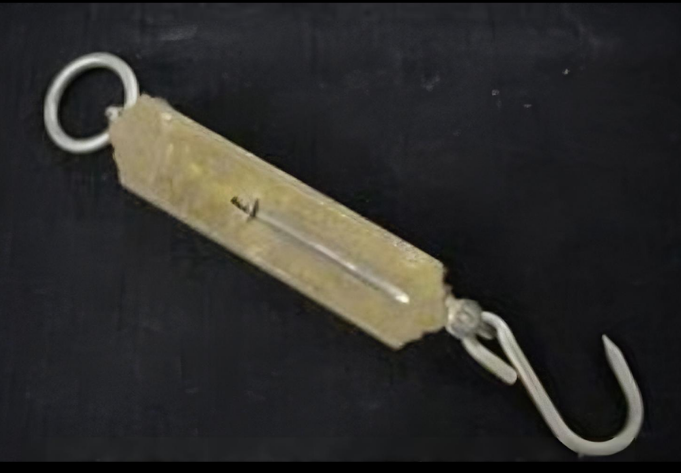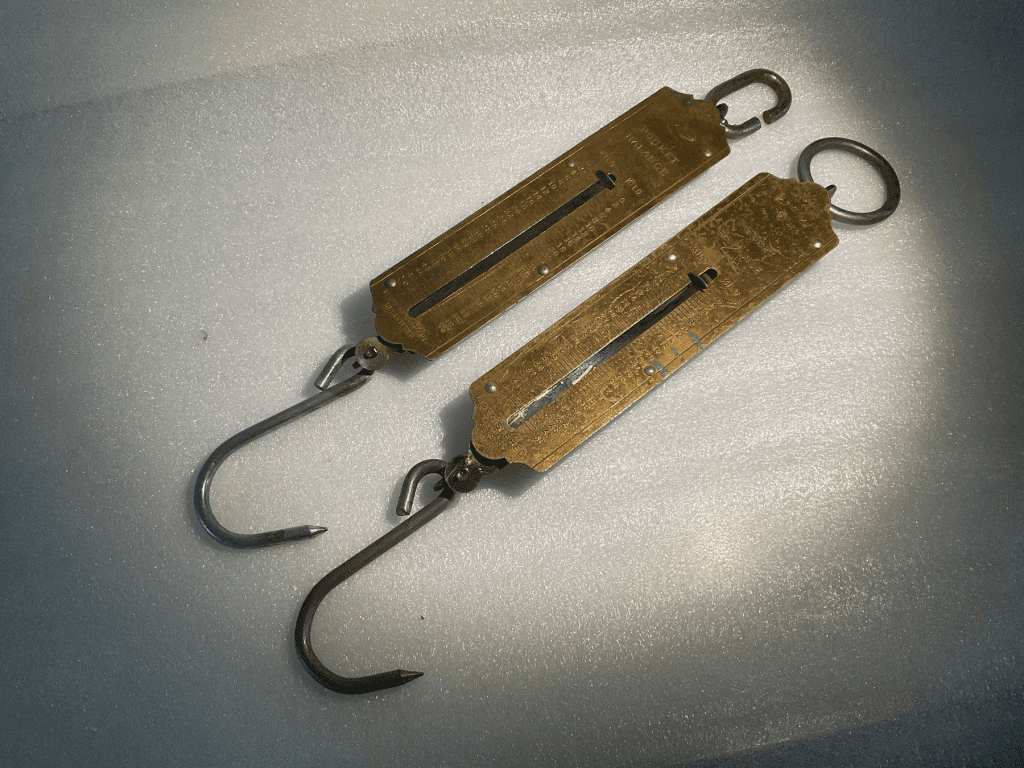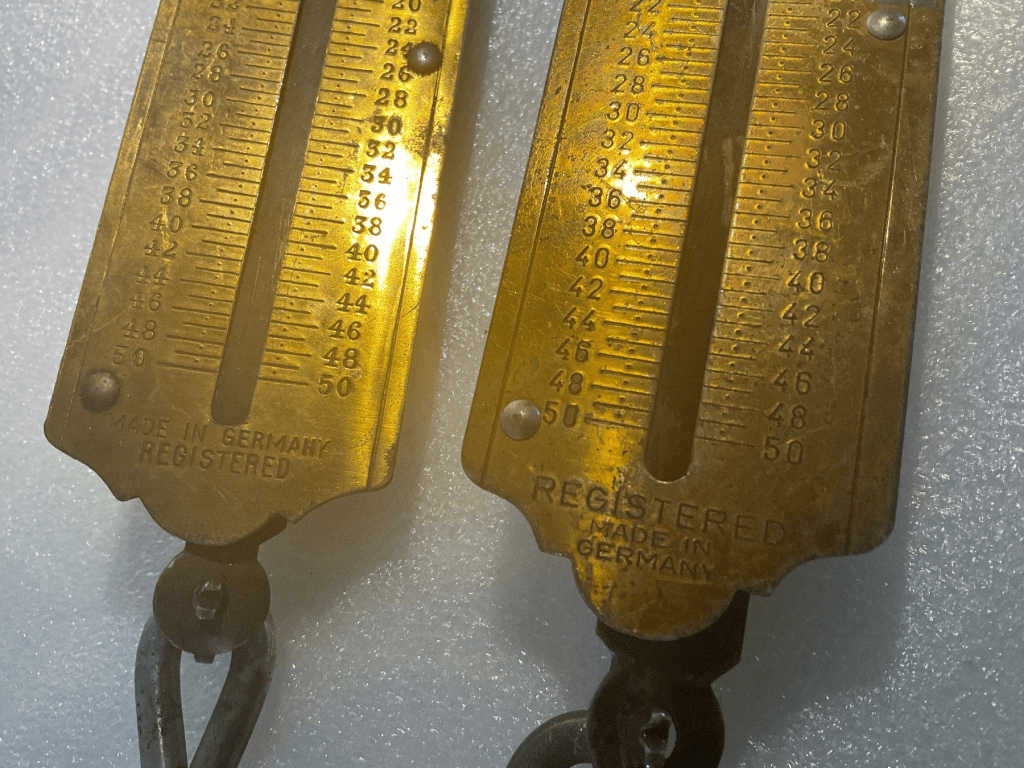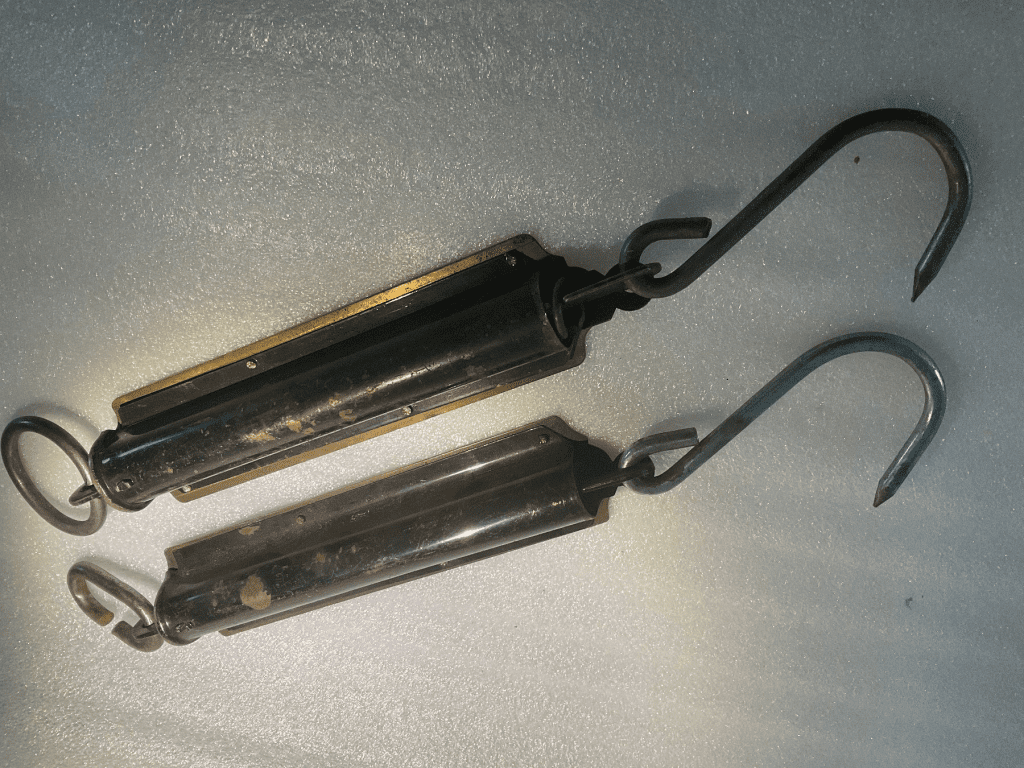The evolution of weighing scales has seen a dramatic shift from mechanical craftsmanship to modern electronic devices. The rapid development of digital scales in the mid-20th century significantly diminished the use of traditional mechanical scales. However, these antique scales, often masterpieces of precision and artistry, have now become prized collectors’ items. In this article, we’ll explore various types of antique mechanical scales, their history, unique designs, and the purposes they served across different industries.
The Evolution of Mechanical Scales

Mechanical scales have existed for thousands of years, primarily serving as tools for measuring weights accurately. These scales were manually operated, often made from materials like brass and iron, and showcased remarkable craftsmanship. As digital technology emerged, the utility of mechanical scales gradually declined, leading to their classification as antiques. Today, they are not just weighing tools but symbols of historical significance and engineering ingenuity.
Types of Antique Mechanical Scales
Mechanical scales come in various forms, each designed to serve specific purposes. Here’s a closer look at some of the most notable types:
Equal Arm Beam Balances: The Classic Weighing Method
Equal arm beam balances are among the oldest and simplest forms of scales. These balances operate based on the principle of the lever, featuring a central fulcrum that supports a uniform beam. Two pans hang from either side of the beam, and the object to be weighed is placed on one pan, with standard weights on the other. When the beam achieves equilibrium, the weight of the object can be determined.
Key Features of Equal Arm Beam Balances
- Components: Beam, fulcrum, pointer, and pans.
- Construction: Typically made from brass for precision and durability.
- Uses: Historically used for weighing gold, silver, money, postal parcels, and chemicals.
- Sensitivity: Dependent on the friction of the hinges, the mass of the beam, and its length.
Over the years, various modifications of equal arm balances have emerged, catering to diverse applications such as postal, grocery, and even chemical measurements.
Money Scales: Ensuring Value in Every Coin
Money scales have played a vital role since ancient times, primarily for weighing coins of gold and silver to verify their authenticity and value. These scales needed to be not only precise but also portable. Most designs were equal arm balances housed within fitted metal or wooden boxes for easy transportation. Steelyard-type money scales, featuring unequal arm beams, were also common.
Why Money Scales Were Crucial
- Historical Importance: Used since Roman times for verifying coin authenticity.
- Design: Compact and portable, often found in metal or wood cases.
- Versatility: Available in different designs to weigh both gold and silver coins.
The precision of money scales made them indispensable to merchants and bankers throughout history.
Postal Scales: Weighing the Cost of Communication
With the introduction of postage stamps in 1840, postal scales became highly popular. The weight of letters and packages determined the postal cost, leading to a variety of scales designed to handle different weights and sizes. Postal scales ranged from simple beam balances to more intricate pendulum and spring-based models.
Different Types of Postal Scales

- Hanging Pan Scales: Pans hang below the beam, offering stability.
- Spring Scales: Use a spring mechanism to determine weight.
- Pendulum Scales: Feature a swinging pendulum to indicate weight.
Collectors often seek postal scales for their historical connection to communication and commerce, making them one of the most sought-after antique scales.
Kitchen Scales: Precision in Cooking
Antique kitchen scales were essential for precise ingredient measurements in cooking. These table-top scales were typically spring-based and had a limited weight range. Apart from their functional use, kitchen scales often featured decorative designs, making them appealing additions to vintage kitchens.
Characteristics of Kitchen Scales
- Design: Aesthetic appeal with floral or ornate patterns.
- Functionality: Limited weight range, ideal for cooking ingredients.
- Popularity: Used extensively in homes and bakeries.

Despite their simplicity, antique kitchen scales are cherished for their role in traditional cooking practices.
Apothecary and Analytical Scales: Precision in Medicine
Apothecary and analytical scales, first introduced in the 18th century, were designed for extreme accuracy. These scales were essential for pharmacists and chemists who prepared medicines. The central beam was delicate, with small pans typically made of glass or brass. To minimize inaccuracies, these scales were often enclosed in glass cases to protect them from dust and moisture.
Distinct Features of Apothecary Scales
- Delicate Construction: Made for highly sensitive measurements.
- Protective Enclosure: Built-in boxes with fine-tuning screws and levels.
- Accuracy: Enhanced by minimizing friction in the hinges.
These scales represent the intersection of science and art, with their intricate designs reflecting the precision required in medical and chemical fields.
Unequal Arm Balances: Steelyards and Beyond

Unlike equal arm balances, unequal arm balances like the steelyard and Bismar balances operate with beams of different lengths. The shorter arm carries the load, while the longer arm holds the counterweight that determines the weight of the object. This design allows a wide range of weights to be measured using a single counterpoise.
Applications of Steelyard Scales
- Versatile Use: Commonly used in medical clinics, warehouses, and large-scale industrial settings.
- Adaptations: Some models included modifications like additional fulcrums or counterweights for increased accuracy.
The steelyard’s innovative design made it popular across various fields, from medicine to agriculture.
Conclusion: The Lasting Charm of Antique Scales
Antique scales are more than just measuring instruments; they are windows into the past, showcasing the craftsmanship and precision of their time. From equal arm balances and money scales to postal and kitchen scales, these tools reflect the evolution of trade, communication, and science. While digital scales have largely replaced mechanical ones in everyday use, the charm of antique scales continues to captivate collectors and history enthusiasts alike. Each scale tells a story, hanging in the balance of history and innovation.